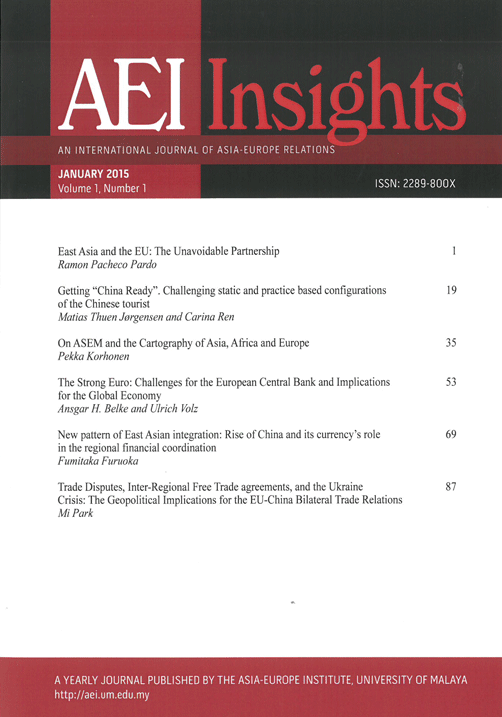New pattern of East Asian integration: Rise of China and its currency’s role in the regional financial coordination
Keywords:
Regional integration, China, East Asia, flying geese theory, key currencyAbstract
The rise of China is one of most spectacular events in the global economic and political landscape. More importantly, it can be seen as an emerging of the China-led East Asian regional integration. This paper employs the “flying geese” theory to examine the unique characteristics of emerging new regional integration in East Asia. In this new East Asian regionalism, the Chinese currency is said to become the “key currency” in the region. Thus, this study used several statistical methods to examine the role of Chinese currency in the regional integration. The empirical analysis detected a stable and long-run co-movement between the Chinese Yuan and the Japanese Yen. As a conclusion, the Chinese Yuan has started playing a role of de facto key currency to influence the movement of other regional currencies. These findings could be interpreted as the new pattern of the East Asian regionalism in which the regional momentary and financial coordination would become a main economic policy agenda.




